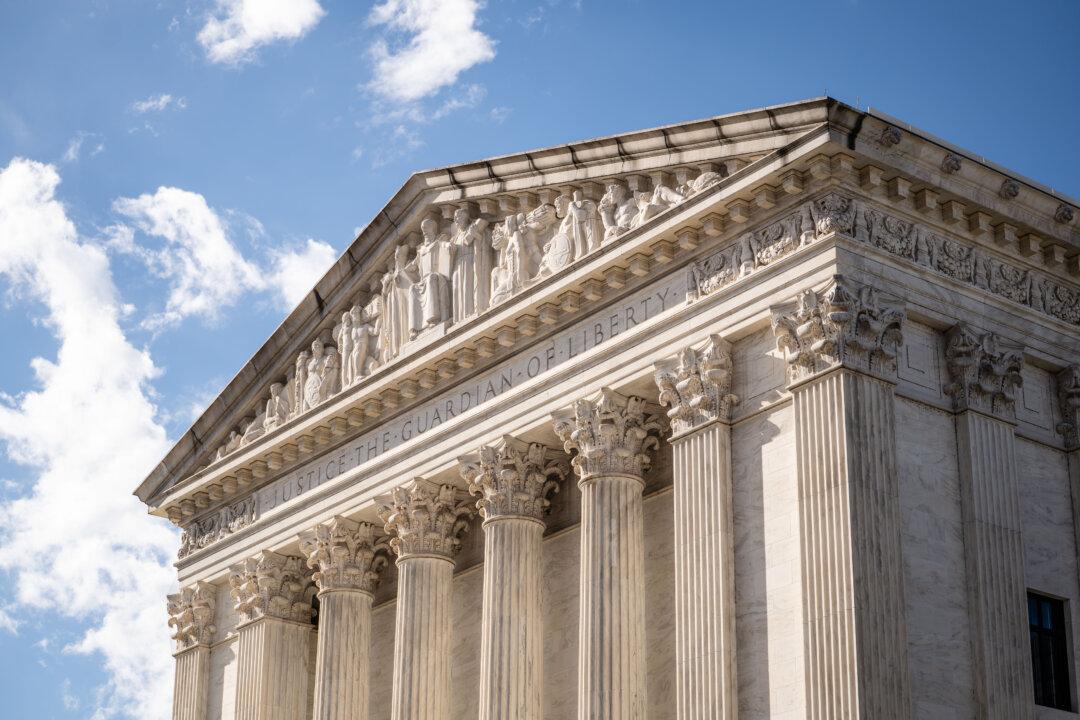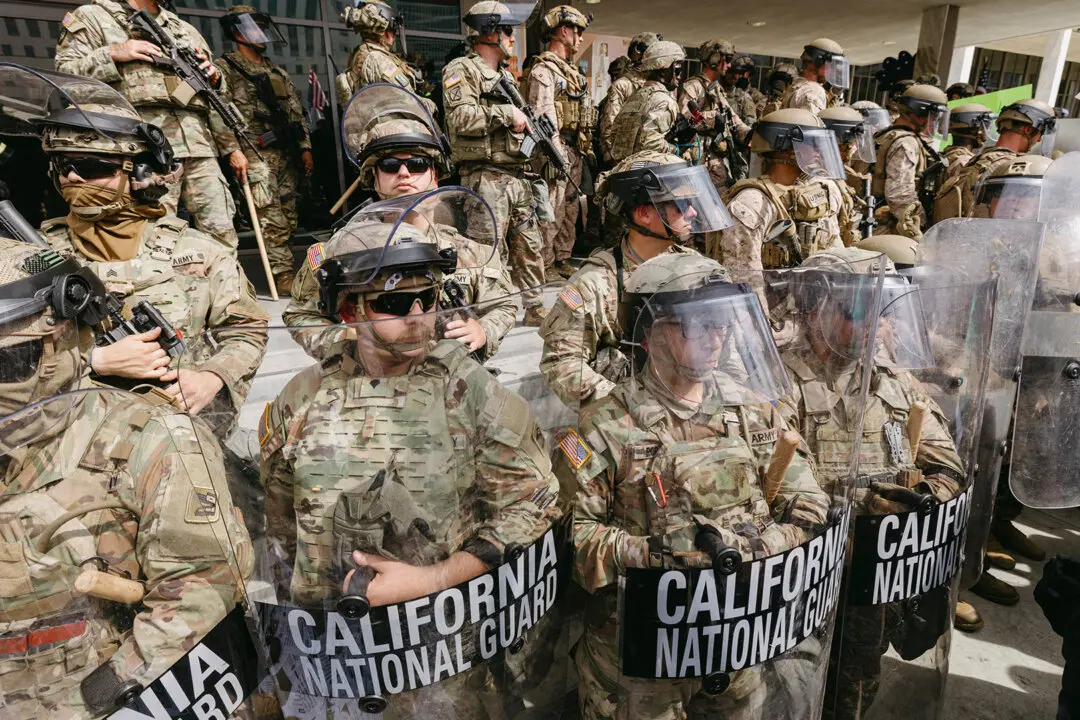There’s no justification for the present high levels of foreign workers in the United States at a time of pandemic-related high unemployment, according to a panel discussion hosted by the nonpartisan Center for Immigration Studies on April 21.
The online discussion came after President Donald Trump announced he would sign an executive order temporarily halting immigration to the United States.





